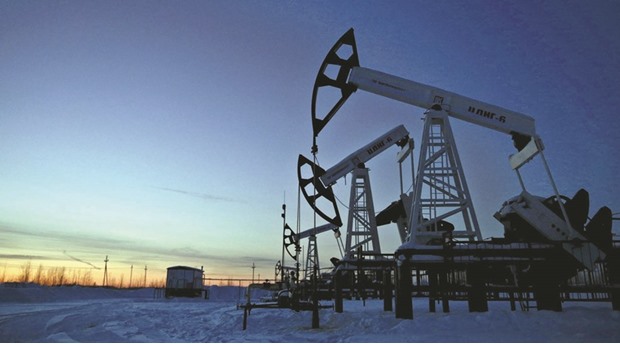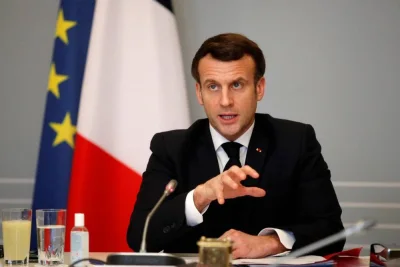Russia increased crude-oil exports to Europe last year for the first time since at least 2013, and may boost deliveries again this year.
Crude sales to the region climbed more than 8% to about 150mn metric tonnes, or 3mn bpd, according to Bloomberg calculations based on Energy Ministry data. Russia’s total oil exports rose for the first time since 2009 as a recession limited growth in domestic demand.
Oil producers in Russia have raised output to post-Soviet highs as a weak rouble, cheap taxes and low costs spur drilling, while crude consumption by European refiners has jumped as a decline in feedstock expenses boosted profitability. With oil and gas accounting for about 40% of budget revenue in an economy weakened by sanctions, Russia has been quick to respond to the increase in demand.
“Last year, all the stars aligned for Russian oil exporters,” Alexander Nazarov, an oil and gas analyst at Moscow-based Gazprombank, said by phone. “Lower oil prices fuelled demand from European refineries, domestic demand growth was curbed and new fields came online, supporting Russia’s total oil production.”
The figures will help allay Russian concerns that Saudi Arabia, the world’s largest crude exporter, is encroaching on its biggest energy market. The Middle Eastern nation pumped at a record level in the middle of last year as it sought to squeeze out competitors, and Russian Energy Minister Alexander Novak said he saw “intense competition.”
The effect of new Middle Eastern barrels on demand for Russian crude wasn’t significant in 2015, said Richard Mallinson, an analyst at London-based Energy Aspects Ltd. “It was late in the year that Saudi Arabia really began to try and enter into new markets in eastern Europe,” he said by phone.
Russia may increase its western-bound oil sales again this year amid a boost in total crude exports, according to the Energy Ministry. “Our eastern deliveries are limited by capacities of the Kozmino port and the pipeline system built there,” Novak told reporters on Friday. “So undoubtedly, any extra volumes, if they get exported, will likely be sent to the West.”
Based on the first-quarter data, Russian oil exports may rise about 3.5% this year, First Deputy Energy Minister Alexey Teksler told reporters on Friday.
This year, Russia faces competition in the form of Iranian barrels. The Gulf state ramped up oil production after international sanctions were lifted in January and aims to restore output to pre-sanctions levels. Yet Oil Minister Bijan Namdar Zanganeh said last Wednesday that Iran, which produced some 3.1mn bpd in February, will reach a 4mn-bpd target only by next March, indicating it’s preparing to slow in growth.
In Europe, while refining margins are lower than last year, the profitability of plants equipped to process Siberian barrels remains “healthy,” Oleg Galbur, a senior oil analyst at Raiffeisen Centrobank AG, said by phone.
With buoyant production, resilient refining demand and competitors in check, 2016 should be another strong year, according to Nazarov. “All in all, we expect the lucky star- alignment to continue for Russian oil exporters,” he said.

Pump jacks are seen at the Lukoil-owned Imilorskoye oil field as the sun sets outside the West Siberian city of Kogalym, Russia, in this January 25, 2016 file photo. Oil producers in Russia have raised output to post-Soviet highs as a weak rouble, cheap taxes and low costs spur drilling, while crude consumption by European refiners has jumped as a decline in feedstock expenses boosted profitability.


